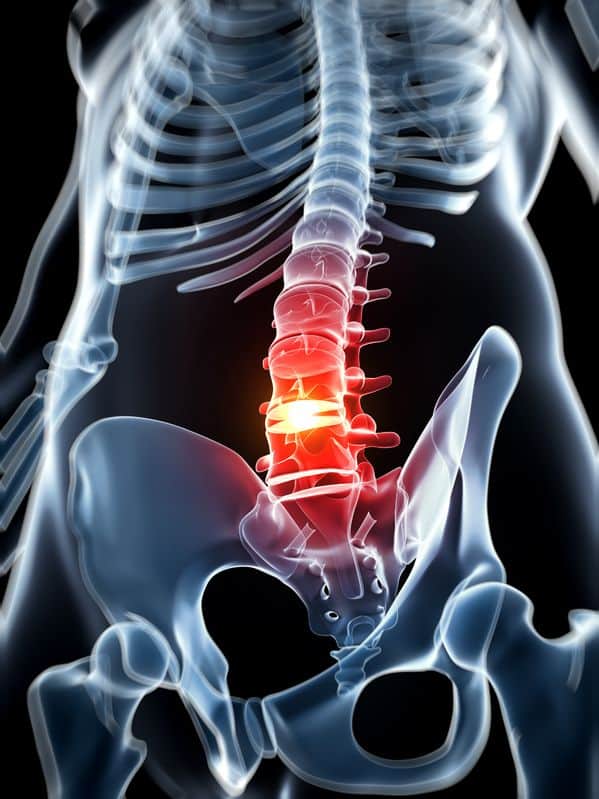Herniated Disc Pain
Overview
A herniated disc can occur anywhere in the spine. The most common areas for a herniated disc is in the cervical (neck) and lumbar (low back) spine. Herniated discs are often referred to as slipped discs or ruptured discs. This results from a tear in the outer layer of a disc. The tear allows for the nucleus to push out of the tear. This puts pressure on the nerves. Herniated disc pain can vary
depending on the area of the spine where the disc slipped.
Herniated Cervical Disc
The cervical region consists of seven vertebrae in the neck. Herniated disc pain in the cervical region is one of the most common causes of neck pain. Some people can experience numbness or tingling in their shoulders or arm. This can also travel into the fingers. Some patients may also experience weakness in the hand and fingers. Some more serious symptoms can include problems using hands or arm for fine motor skills. A loss of balance and coordination is another symptom of herniated disc pain.
Herniated Lumbar Disc
The lumbar region consists of five vertebrae. Herniated disc pain in the lumbar region can vary. Some patients may experience pain that radiates into one or both legs. Sometimes this can also travel into the feet. This is also known as sciatica. Herniated disc pain can feel like an electric shock when standing, walking, or sitting. Bending, sitting, or lifting may also increase the pain. Herniated disc pain can be accompanied by numbness or tingling in the legs or feet.
Complications
If left untreated, herniated disc pain can increase. This can lead to permanent nerve damage. In rare cases, a herniated disc can cut off nerve impulses in the lower back. This can cause loss of bowel or bladder control. Another long term complication is known as saddle anesthesia. In this case, it compresses nerves and causes loss of sensation in your inner thighs.
Diagnosis
In order for a herniated disc to be diagnosed, your doctor will have to perform an exam. The doctor will be looking for the source of the pain. This will involve checking for nerve function and muscle strength. They will look to see if you feel pain when moving or touching the affected area. A full case history will be taken. This will go over when the pain first started. It will also go over when the pain got worse. Imaging tests may also be done. This will help identify any areas of the spine that can be damaged.
Treatment
The primary goal for treatment is to relieve pain. To achieve this goal each patient’s treatment plan should be individualized. This should be based on the source of pain, the severity of pain, and specific symptoms. Some medications like muscle relaxers and over the counter medications help to reduce inflammation and calm muscles. If symptoms persist, therapy may be the next step. Physical therapists can show the patient positions and exercises. These will help maximize herniated disc pain. A very small number of patients end up with surgery. If conservative treatment fail to improve, surgery may be recommended. Check us out at http://listings.allpages.com/va-77B0689954-virginia-beach.html
Other articles about herniated disc and bulging disc treatment
https://proadjusterchiropractorvirginiabeach.com/exercises-for-herniated-discs/
